How to Keep Moisture out of Gun Safe
by Robert Fox
If you're like most gun enthusiasts, then you probably have a gun safe to protect your firearms from theft and accidents. But if you don't take the necessary precautions, your gun safe can easily become a moisture trap that damages your guns and other valuables. In this article, we'll show you how to keep moisture out of your gun safe so that your firearms and other belongings stay in good condition.
Contents
- Moisture in Gun Safes: What Causes It?
- Moisture may enter a gun safe and destroy your guns in a number of ways.
- How to Keep Dampness Out of a Gun Safe
- Summary of Best Ways to Keep Moisture out of Gun Safe
- Inspect the Sealant Around the Door of Your Gun Safe and Reseal if Necessary
- Install a Dehumidifier in the Room Where Your Gun Safe Is Located
- Place a Moisture Absorber Inside Your Gun Safe
- Store Your Guns in a Climate-Controlled Environment
- Regularly Clean the Interior of Your Gun Safe to Remove Any Built-up Moisture
- Conclusion
What are the most main complaints that people face after buying a gun? If stored in a damped environment, it may be robbed by burglars, mistreated by your young kids, destroyed by fire, or degraded by rust. A decent gun safe is a fantastic way to safeguard weapons from abuse, robbers, and fire, but it does not assist against moisture. It indicates that you, like a safe keeper, are accountable for maintaining the amount of humidity in your safekeeping. If you're not sure how to maintain a dry gun safe, have a look at these tips.
The fact that you bought a gun safe demonstrates that you place a high value on security. Many individuals believe that once you keep your weapons indoors, you may leave them there for an extended period of time. That, however, is not the case. Did you realize that putting your firearms indoors for an extended period of time might cause harm to them?
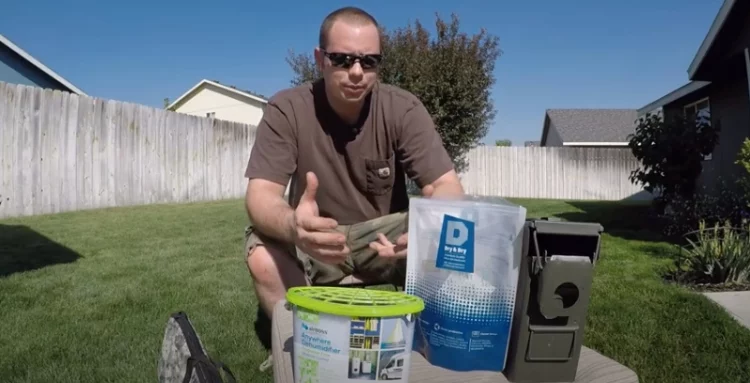
Moisture is one of the most common concerns among gun owners. That begs the question of how to keep moisture out of a gun safe in order to avoid rust and corrosion. All weapons are constructed of metal and, if not properly maintained, may rust with time. If you possess a gun safe, it is critical that your weapons stay dry within the safe.
In this post, we'll look at how moisture forms and how to keep it out of your gun safe. Continue reading to learn about the ideal humidity level for your gun safe.
Moisture in Gun Safes: What Causes It?
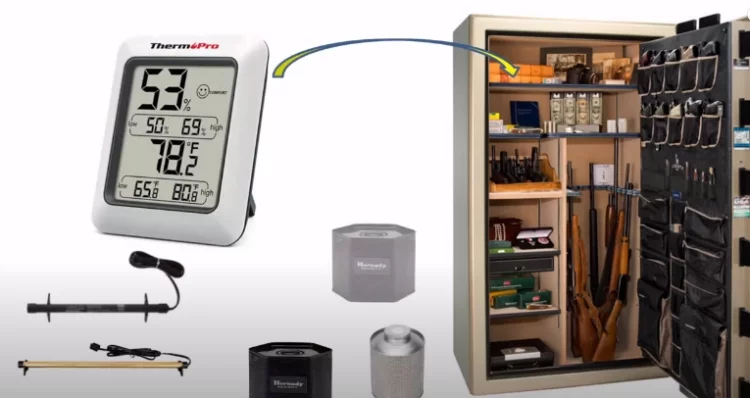
Let's look at what causes damp in gun safe vaults to find out ways of how to maintain your gun safe moisture-free. Storage stored in an uncontrolled environment, such as a basement, garage, attic, or shed, where the temperature fluctuates dramatically between the day & night, is subject to condensation and hence excess moisture.
Moisture may enter a gun safe and destroy your guns in a number of ways.
Moisture is present everywhere, whether you realize it or not. Some homes have a greater degree of humidity, indicating that there is more moisture present. Moisture may enter your house via the walls and ceilings, causing humidity to build up. If you keep your gun safe in the basement, your security box will be exposed to greater quantities of moisture.
The presence of humidity and moisture in the air is undeniable. However, the quantity of humidity will vary depending on how you mix the hot and cold air within your house. When you open your weapon safe to store or retrieve a firearm, a little amount of moisture enters the device. However, if you open your gun safe for an extended period of time, your weapons would most certainly rust due to the movement of air.
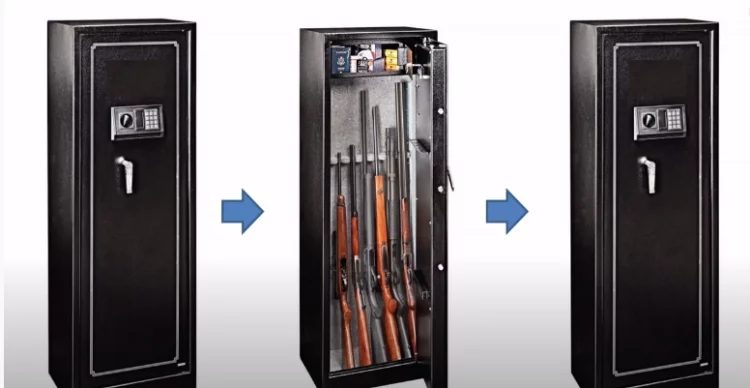
Another instance of moisture within the gun safe is when the air remains for an extended period of time, which might influence the contents of the safe. As a result, you must take safety steps to avoid such gun harm. Understanding how to keep moisture out of a gun safe can help you accomplish exactly that.
How to Keep Dampness Out of a Gun Safe
Controlling moisture within your security box to prevent it from collecting moist is critical as a gun owner. These strategies may be used to keep moisture out of your gun safe.
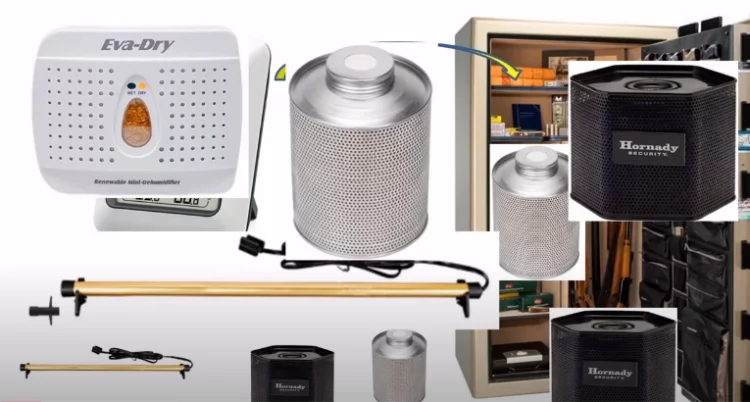
Dehumidifier
Electrical dehumidifiers, such as the 'Golden Rod,' keep dampness out of your safe. These gadgets are reasonably priced and available in a variety of sizes. They function by heating the area surrounding the safe to 140 degrees Fahrenheit, which maintains proper humidity levels. This method keeps moisture from accumulating, hence preventing corrosion.
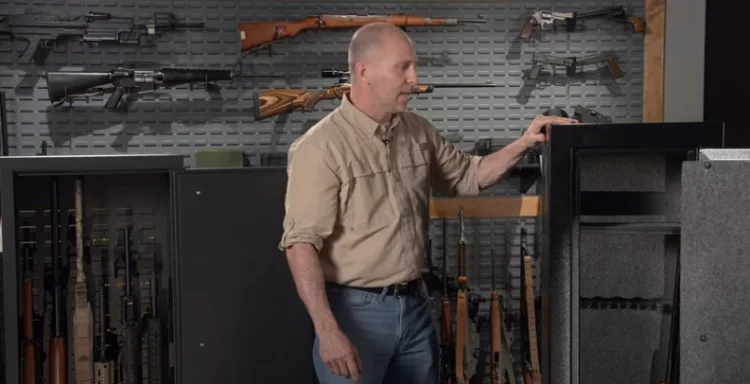
Pack of Silica Gel
The silica gel pack is a low-cost yet efficient way of absorbing moisture in a gun safe. Silica gel packets may be found in jewelry cases, pharmaceutical bottles, and clothing boxes.
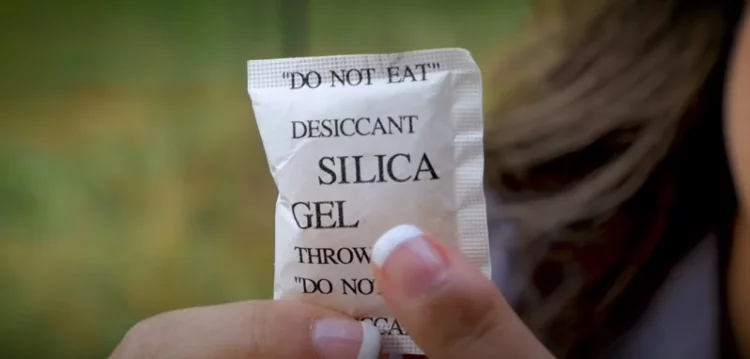
Each silica packet includes silica beads that absorb moisture to a certain amount. It is simple to recharge silica packs by placing them in an oven or microwave for several hours to dry the absorbed moisture and making them reusable.
The only disadvantage of this procedure is that you must replace the packs every 2 - 3 weeks of usage. You must also be exceedingly cautious not to let the real beads come into touch with the gun since they might harm metal surfaces.
Store The Lock In An Air-Conditioned Room
This option is simple and needs just a cool, dry location in your home. Keeping your safety in an air-conditioned area is another technique to keep moisture out of the device. Ensure to open the safe whenever possible and allow some cold air to enter.
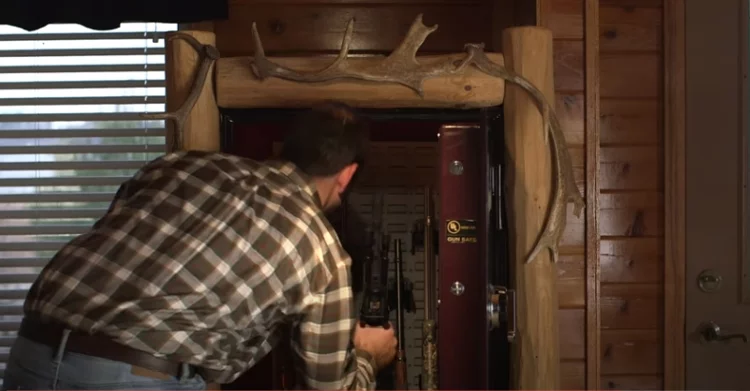
Making Use Of A Light Bulb
This procedure is similarly straightforward and efficient. You'll need to install a light bulb within your safe and power it up. A sufficiently powerful light bulb could readily heat up its surroundings and eliminate any dampness. This will aid in keeping the guns dry.
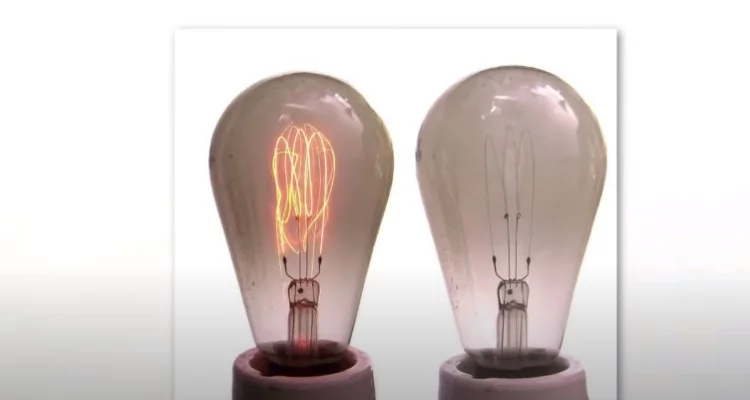
This solution will also include drilling a hole in your safe to connect a wire from an outlet to the light. You must use a light bulb that is the correct size for your safe. Use a case with an integrated sealing system - they are constructed of foam, caulking, silicone and foam are installed within the doorjamb. These sealants are intended to prevent moisture from entering the casing.
Dried Rice
If you would not want to spend the money on a dehumidifier, dried rice works just as well.

Put a 2 medium-sized cup of rice inside the safe. Rice will begin to absorb moisture, preventing corrosion on your guns. Replace the cup of rice every 2-3 months, based on the quantity of moisture in the air.
So, by using all these ways you can protect you gun safes from getting moist.
Summary of Best Ways to Keep Moisture out of Gun Safe
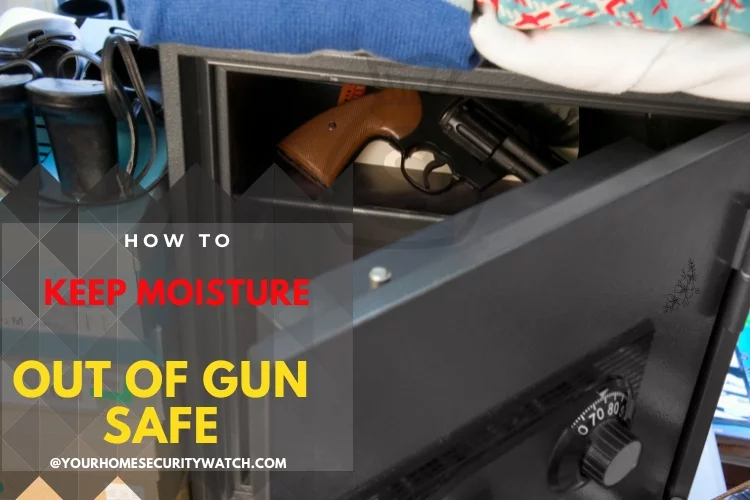
1. Inspect the Sealant Around the Door of Your Gun Safe and Reseal if Necessary
Your gun safe may have been provided with a rubber-type gasket around the door when you purchased it. This is to provide an airtight seal against the door frame in order to protect your valuable guns from moisture.
If, however, during installation of your gun safe, you noticed that there are sections just along the top and/or bottom of the door where the rubber has come loose or is missing, it may be time to reseal your safe.
Here's how:
Ensure that you have all of the tools and materials you'll need before beginning this project and remove everything from inside your gun safe (please refer to my installation article for more information on removing items from inside your safe).
Open the door of your gun safe as wide as it will go to give yourself as much room as possible for this project. This is a good time to clean out any cobwebs if necessary.
Inspect the rubber gasket around the door frame and determine where the missing or loose sections are. If there is a missing strip of rubber close to the top or bottom hinges, you will not be able to separate the door from the frame and access these sections. However, there should be one or two spots where you can gain access to what is behind this sealant.
At such points along the top and/or bottom of the door, use a flat-head screwdriver to carefully pry the rubber gasket away from the door frame. Once you have created an opening, use a putty knife or stiff bristled paint brush to clear out any dirt/debris that may be trapped in this area between the door and the sealant. Use one of these tools (again, I recommend using a paint brush) to also sweep clear the gasket material that will be behind this sealant.
Once you have cleared out all of the dirt/debris, use your putty knife or stiff bristled paint brush to apply a small amount of petroleum jelly (Vaseline or similar) to the inner section that was covered by the sealant. Gently press the rubber gasket back into place and make sure that it is not covering any of the door bolt works (see photo above).
2. Install a Dehumidifier in the Room Where Your Gun Safe Is Located
Moisture is a safe's worst enemy. Moisture can creep into your gun safe in a number of different ways, but most people purchase their safes with a moisture problem already built in. If you live down south or on the coast, your gun safe most likely came with a dehumidifier (if they didn't, shame on them), and you need to make sure that the dehumidifier is working.
3. Place a Moisture Absorber Inside Your Gun Safe
Chances are, your gun safe is probably located in a humid area. If you keep your guns inside it for too long, they may rust or even become corroded which makes them almost useless.
To prevent this from happening to your guns, make it a habit to place a moisture absorber inside the gun safe once every couple of months. However, if you keep your gun safe in a humid environment, we suggest that you place a moisture absorber inside it once every month. Placing a desiccant inside the gun safe will help stop rust and corrosion from forming on the metal surfaces of your guns as well as on other metallic accessories such as sights or scopes.
Make sure that the desiccant you use is of high quality and can absorb a lot of moisture. There's no point using a cheap desiccant which completely fails to remove all the moisture from your gun safe or even worse, doesn't work at all. Check out our reviews on some of the best desiccants on the market below!
4. Store Your Guns in a Climate-Controlled Environment
5. Regularly Clean the Interior of Your Gun Safe to Remove Any Built-up Moisture
Conclusion
The best way to keep moisture out of your gun safe is by taking care that the room it's in stays dry. If you live in a humid environment, consider keeping them somewhere on an upper floor or near an air conditioner. You can also place silica packs inside the safe, which absorb any excess humidity and kill bacteria from forming on your guns. These simple steps will help protect both your firearms and their value for years to come!
 |
 |
 |
 |

About Robert Fox
Rob Fox is a former hydro worker who used to teach self defence in Miami for 10 years. He's currently enjoying his retirement, playing cribbage and golf with his buddies, locksmithing and home security in his spare time. Rob is an avid reader, and has even written a few books on the subject of self defence.
Thoughts on "How to Keep Moisture out of Gun Safe"
 |
 |
 |
 |
You can Get FREE Gifts. Furthermore, Free Items here. Disable Ad Blocker to receive them all.
Once done, hit anything below
 |
 |
 |
 |